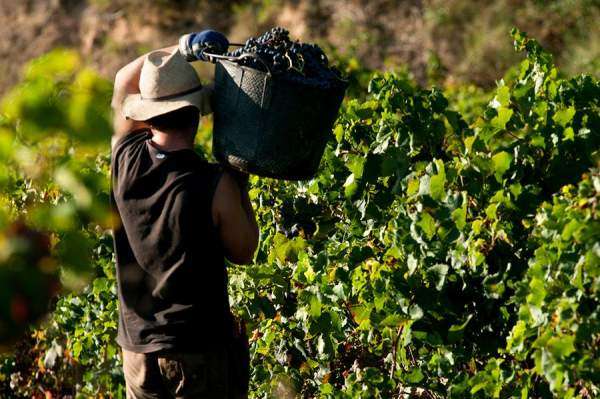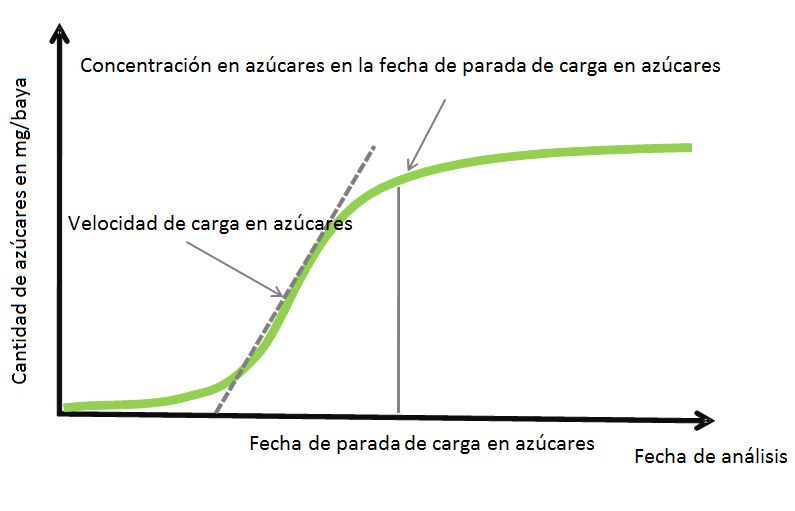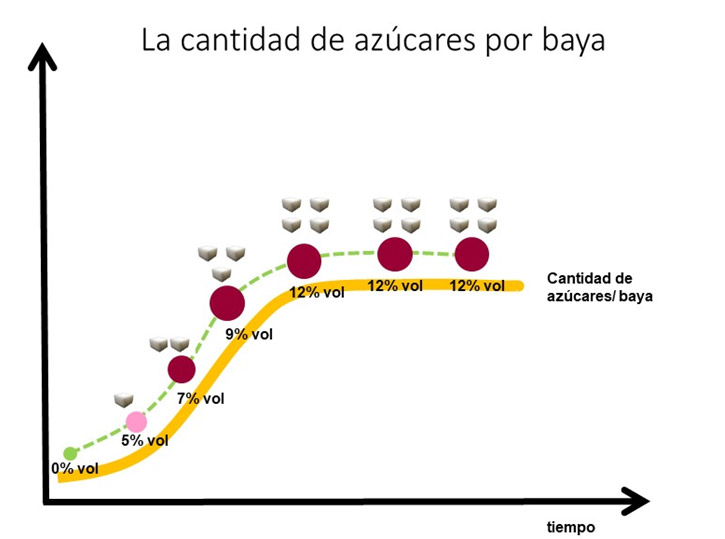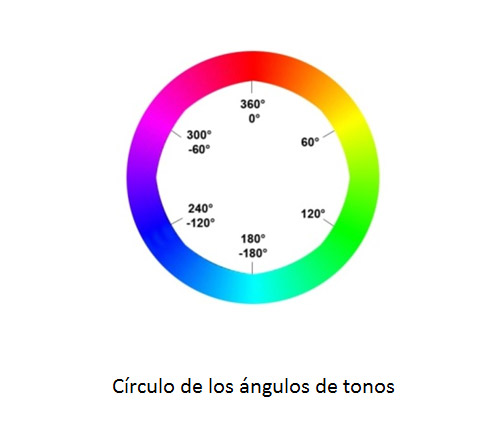
The wine consumer has increasingly more knowledge and is more demanding; they are looking for fruity wines. This requires winemakers to have better control of the raw material with which they work.
In any production process, one of the basic premises is the suitability of the raw material for achieveing the desired product profile. The wine world is no exception, and the profitability of production depends on having the right grape, with well-defined characteristics and suitable for the development of a defined wine profile.
The difficulty lies in establishing good management of the vineyard according to the climatic conditions of each vintage, assessing the enological potential of each plot and determining the optimal harvest time to achieve the desired objectives. Differences of a few days in the harvest date can lead us to a fresh fruit profile, a neutral wine or a ripe fruit profile.
Knowledge of the vineyard is the basis for respecting the typicality and identity of the wine, the family land e winery.
Within a few days winemakers will all be doing their monitoring of maturation in the vineyard. Samples will be taken, parameters such as pH, AT, potential grade, anthocyanins, IPT, tannins, grapes will be tasted. All important parameters that will give us information when making decisions for the harvest.
Phenolic, technological, industrial or aromatic maturation are all terms that we will hear at this time.
But where is the fruit of our grapes?
The parameters that are regularly being measured in the management of maturity controls are concentration parameters that, despite offering vital and indispensable information, do not determine the style or intensity of fruit of our grapes. Where are the Verdejo thiols, Albariño terpenes, tempranillo or Monastrell fresh fruit, etc.
The continuous control of the sugar concentration per berry, allows to accurately know the metabolism of the plant and to distinguish the different stages of maturation. This will give us an indicator of the physiological state of the vineyard and the functioning of the plot.
The amount of sugars per berry is an indicator developed by Professor Alain Deloire (Agro Montpellier, France) and Dr. Kobus Hunter (Stellenbosch University, South Africa) in the course of their research. This indicator calculated from the volume of the berries and the concentration of sugars offers a new approach directly linked to the functioning of the vineyard in its environment.
Thus, from the amount of sugars per berry, it is possible to calculate the speed of loading of sugars per berry. This loading speed is related to the photosynthetic activity of the plant and the distribution of the sugars produced. The speed of loading in sugars is linked to the balance of the plant and its physiological state and, therefore, to any stress that it may encounter (hydric, mineral, thermal, etc).
The sugar loading kinetics during ripening classically breaks down into two stages:
- Accumulation phase of sugars in the berry: the speed of loading in sugars is positive.
- Stability phase: the loading rate in sugars is close to zero.
During this phase, the evolution of the sugar concentration depends on the evolution of the volume of the berries and is, therefore, closely linked to environmental conditions.
The analysis of the evolution of the amount of sugars per berry allows us to calculate the date loading in sugars stops, that is to say the date on which the transition between the two previous phases and the concentration in sugars to that which follows this transition.
The analysis of the loading speed in sugars during the active accumulation phase allows us to identify plots that present imbalances or stress.


The second indicator provided by Dyostem is the tone of the berries. This indicator is only used for white varieties. The tone of the berries is linked to the microclimate of the berries and has an impact on the aromatic characteristics of the harvest.

We wish you all well with your maturity controls and, above all, an excellent harvest.
More information at: DETERMINING THE HARVEST DATE
Related news
When is a grape mature enough to be harvested?
One of the greatest challenges you face as a winemaker is determining the ideal harvest date for your wine. And it is simultaneously one of the most momentous decisions in the development of a wine.
Love starts in the vineyard
We are constantly hearing phrases like "Wine is made in the vineyard" or "Great wines come from vineyards and good grapes". And they are not lying.

